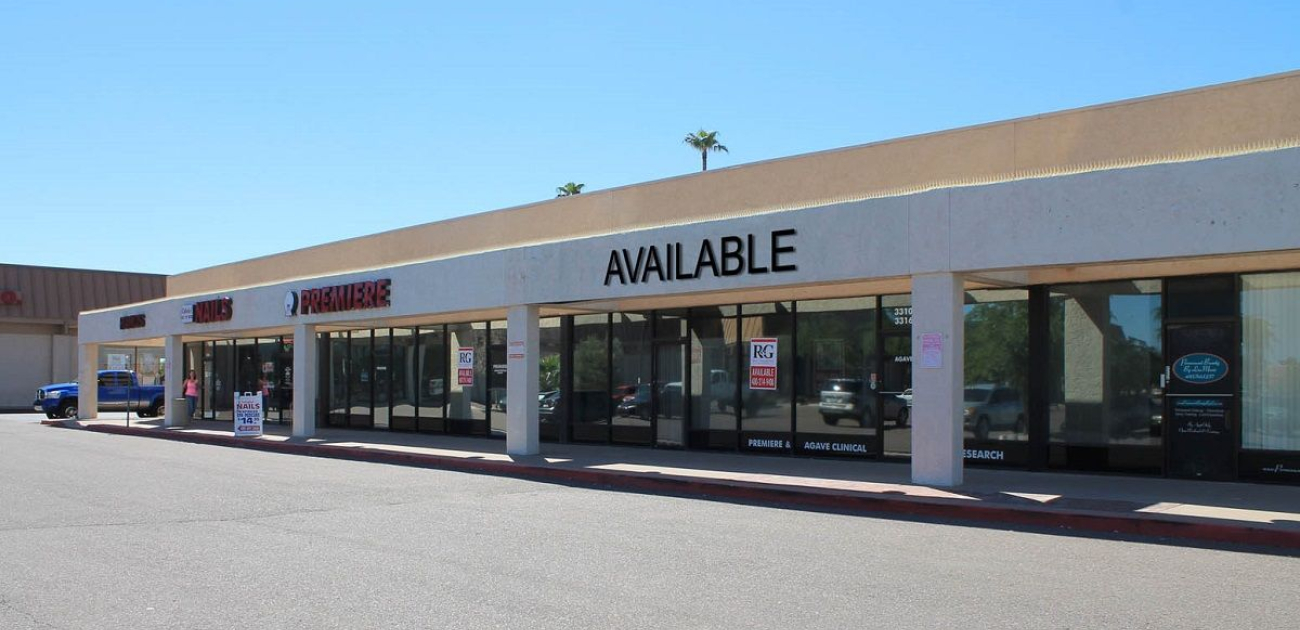Medtail: Why Your Doctor Is Treating You in a Strip Mall
The retail universe is well aware of the hype that it is only a matter of time until brick and mortal retail succumbs to its online competitors. However, despite the “doom and gloom” we generally see in headlines, retail has actually remained stable and, in fact, is thriving in certain sectors. According to a recent report from Jones Lang LaSalle (“JLL”), certain core statistics that generally represent the strength of retail appear steady through the first half of 2017. For example, JLL’s 2017 midyear report indicates that total retail vacancy has actually declined by 20% during the first half of 2017. Retail space is crucial to the United States’ overall real estate market, as the United States has an enormous retail footprint – over thirteen billion square feet, which equates to approximately 32 square feet per person in the United States. To put that number into context, the United States’ retail square feet per capita is twice as much as that of Europe and three times that of Asia. These figures beg the question: how will developers fill their retail spaces in the long term?
One way in which developers have managed to keep their retail spaces afloat, and adapt to the ever-changing retail landscape, is by incorporating “internet-resistant” and service-oriented retailers into their retail spaces. Nowhere do we see this innovative tenant mix more than in strip malls. We all probably have our preconceived notions regarding strip malls – essentially one-story shopping malls located on a (sometimes) busy road. According to a number of sources, strip malls are doing remarkably well in this competitive retail market. Strip mall owners are succeeding by complementing their tenant mix with not only discount retailers, quick-service restaurants, and smartphone shops, but also medical clinics. Over the past several years, outpatient clinics and specialty medical services have been relocating to retail spaces (including strip malls) as opposed to traditional office buildings and hospital campuses – a phenomenon some refer to as “medtail.” One reason why medical clinics – such as facilities dedicated to women’s health, dermatology, walk-in health care, chiropractic and physical therapy – are finding homes in retail spaces, and strip malls in particular, is the expense of renting space in office buildings, hospital campuses and other “traditional” locations for medical clinics.
Medtail offers numerous advantages to property owners and tenants. For property owners, they are able to diversify their portfolio tenants beyond the stores and restaurants that we are accustomed to seeing. Medical clinic leases also tend to have longer terms, as medical facilities want to establish their practices within the community and recoup the costs of the often expensive equipment and tenant improvements necessary to operate the facility. Medical clinics are also clearly finding benefits by moving to retail spaces – for example, retail spaces tend to be located closer to patients, which in turn results in more frequent visits to the clinics.
As healthcare costs continue to shift to patients, and consumer preferences require conveniently located, less expensive healthcare, medtail seems in a prime position to thrive. Despite the ever-growing negative impact of e-commerce on retail spaces generally, patients will always need face-to-face visits with their medical providers. As time goes by, patients may find themselves increasingly making that visit to their local strip mall.
Do you want more information?
 Benjamin Kayden
Benjamin KaydenBenjamin was an Associate in the real estate group of an Am Law 200 law firm.
